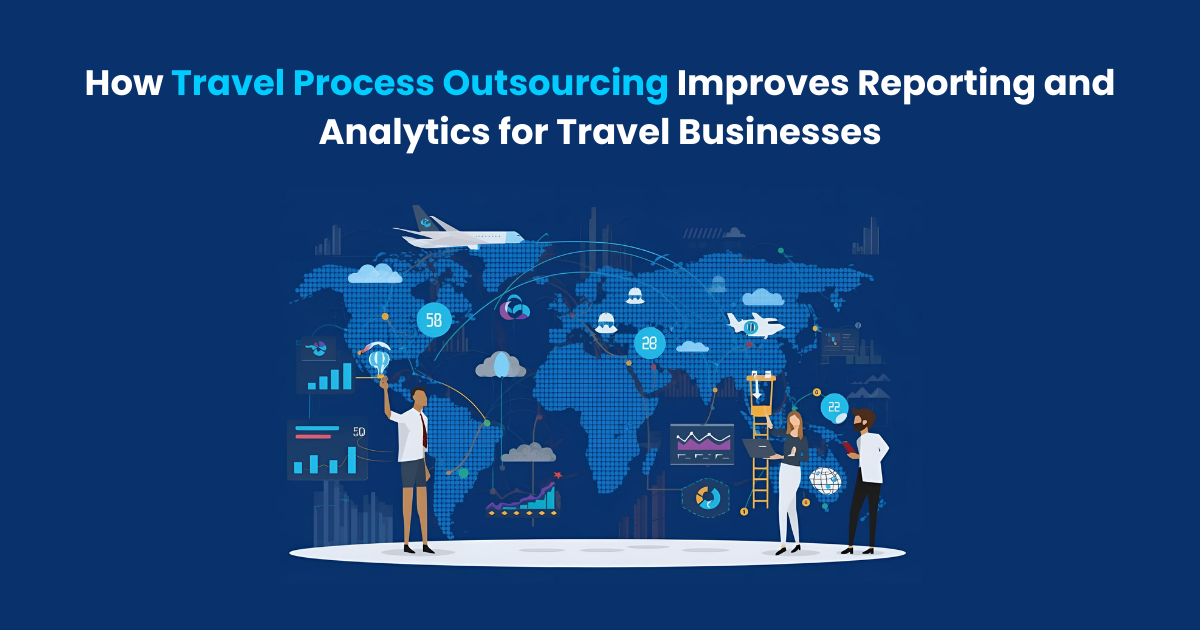
Agriculture remains the backbone of many economies worldwide, feeding populations and fueling industries. However, behind every successful harvest lies a critical and often overlooked component — agricultural transportation. From moving fresh produce to delivering inputs like fertilizer and equipment, logistics plays an essential role. Despite advances in transportation technology and supply chain management, the agricultural sector faces unique and complex logistics challenges that can disrupt operations and affect food security.
In this article, drawing from two decades of content writing experience, we explore the top logistics challenges in agricultural transportation — providing insight for farmers, suppliers, distributors, and policymakers alike.
1. Perishability of Goods
One of the most significant challenges in agricultural logistics is the time sensitivity of perishable products. Fruits, vegetables, dairy, and meats require prompt transportation under controlled temperatures. Any delay or deviation from optimal conditions can lead to spoilage, financial losses, and food waste.
Cold chain logistics is crucial in this context, but maintaining temperature integrity from farm to shelf is easier said than done. Rural areas often lack the infrastructure needed for refrigerated transport, and even in developed regions, temperature fluctuations during loading and unloading can jeopardize product quality.
2. Infrastructure Deficiencies in Rural Areas
Agricultural production often takes place in remote or rural areas where roads, bridges, and transportation facilities are underdeveloped. Poor road conditions and lack of connectivity pose a serious hurdle, especially during the rainy season when unpaved roads become impassable.
These infrastructural issues not only delay deliveries but also increase vehicle maintenance costs and fuel consumption. For logistics firms and farmers alike, the long-term solution lies in collaborative investments in rural infrastructure and regional development.
3. Seasonal and Weather-Dependent Transportation
Agricultural logistics is heavily seasonal. Harvest periods create sudden spikes in transportation demand, putting pressure on available fleets and labour. Outside of these periods, transport demand can fall sharply, leading to inefficient asset utilization.
Moreover, weather unpredictability — such as floods, droughts, or early frosts — can disrupt schedules and force last-minute route changes. Unlike manufactured goods, you can’t delay harvesting or storing crops without consequences, making timing and adaptability key components of effective logistics planning.
4. Complex Supply Chain Coordination
Agricultural transportation often involves multiple players: farmers, aggregators, storage providers, processors, wholesalers, and retailers. Coordinating these stakeholders is challenging due to differences in operational scale, technology usage, and communication methods.
Smallholder farmers, in particular, may lack digital tools or structured logistics systems. This lack of coordination can result in scheduling conflicts, product mismanagement, and increased turnaround times. Creating integrated platforms for supply chain visibility is critical to improving performance.
5. Regulatory Compliance and Cross-Border Issues
Agricultural transportation is subject to numerous regulations, especially when goods are moved across state or national borders. These include phytosanitary inspections, customs documentation, vehicle compliance, and food safety standards.
Delays due to bureaucratic red tape or failure to meet export/import requirements can result in entire shipments being held or destroyed. For exporters, it’s vital to understand the specific compliance requirements of each destination and to work with experienced logistics providers familiar with international agricultural trade laws.
6. High Fuel Costs and Economic Pressures
Fuel represents a significant portion of transportation costs. When global oil prices spike, logistics costs soar — particularly impacting rural and long-distance transport common in agriculture. This not only affects profit margins but also reduces the competitiveness of smaller producers.
Furthermore, fluctuating commodity prices, inflation, and interest rates can squeeze budgets and hinder the ability of businesses to invest in better logistics solutions. Adopting fuel-efficient vehicles, exploring alternative fuels like HVO, and optimizing delivery routes are some ways to alleviate these economic pressures.
7. Labour Shortages and Driver Retention
Agricultural transportation is labour-intensive and often requires skilled drivers familiar with rural routes and specific handling requirements of different crops or livestock. However, the industry is facing a critical shortage of qualified drivers, with many aging out of the workforce and few younger replacements entering.
Poor working conditions, long hours, and remote destinations contribute to high turnover rates. Addressing this issue means investing in training programs, better wages, and improved working conditions to attract and retain talent in the logistics sector.
8. Technology Integration and Digital Gaps
While some sectors have rapidly embraced logistics technologies like GPS tracking, IoT-based cold chain monitoring, and AI-powered route optimization, agricultural logistics often lags behind. This is especially true for smallholder operations or developing regions where internet connectivity and digital literacy are limited.
Bridging this gap requires accessible, user-friendly logistics software tailored for the agriculture sector. Innovations like mobile-based supply chain apps, real-time tracking tools, and blockchain for traceability are starting to gain traction and could revolutionize farm-to-market journeys.
9. Security and Product Losses
Agricultural goods are prone to theft, especially during transit or at unsecured loading points. High-value crops like nuts, grains, or livestock can be attractive targets. Moreover, losses can occur due to improper handling, packaging failure, or accidental contamination.
Enhancing transport security measures, including tamper-proof packaging, driver training, and GPS-enabled surveillance, is essential to ensure product integrity from source to destination.
Conclusion
Agricultural transportation is a vital link in the global food supply chain, but it is riddled with unique logistical challenges. From perishability and rural infrastructure to regulatory complexity and digital divides, these issues demand strategic, coordinated, and innovative solutions.
For agricultural logistics to evolve, stakeholders must collaborate across the private sector, government, and farming communities. With the right infrastructure, technology, and workforce, the sector can overcome these hurdles and pave the way for a more resilient, efficient, and sustainable agricultural supply chain.





